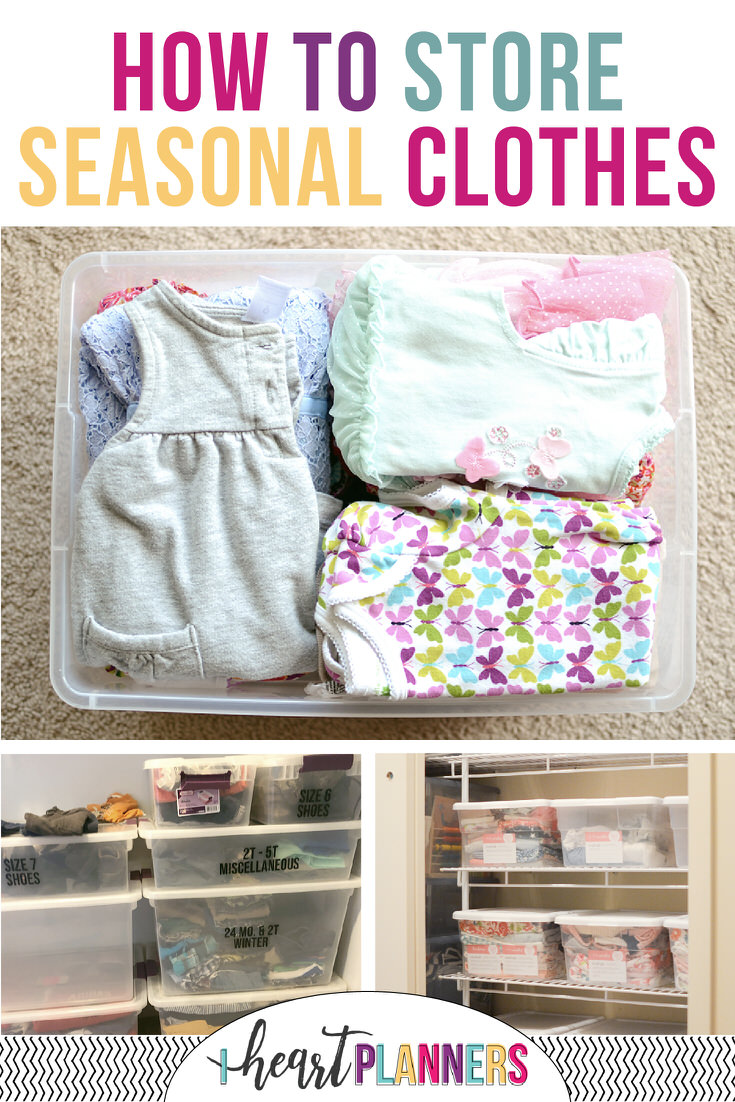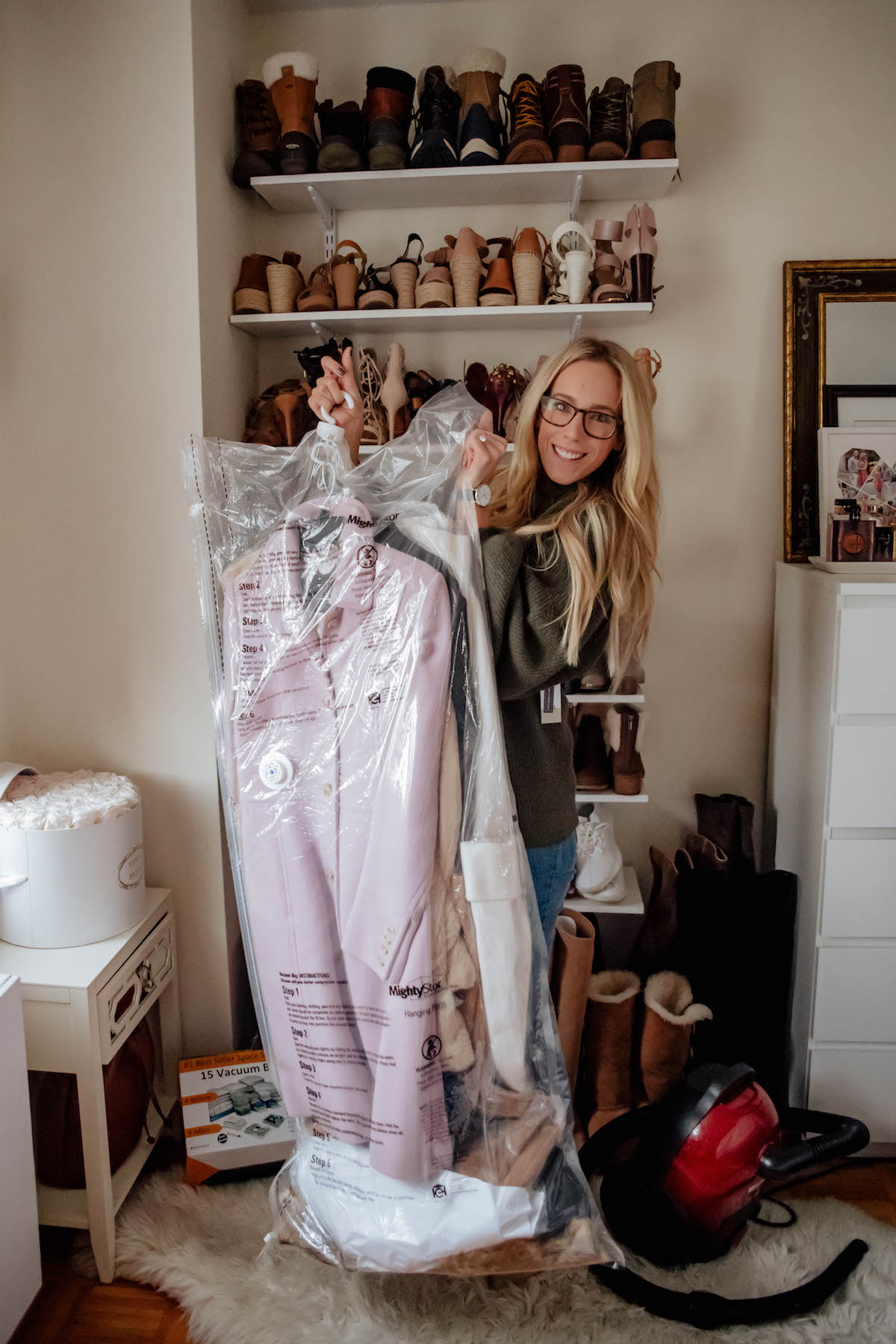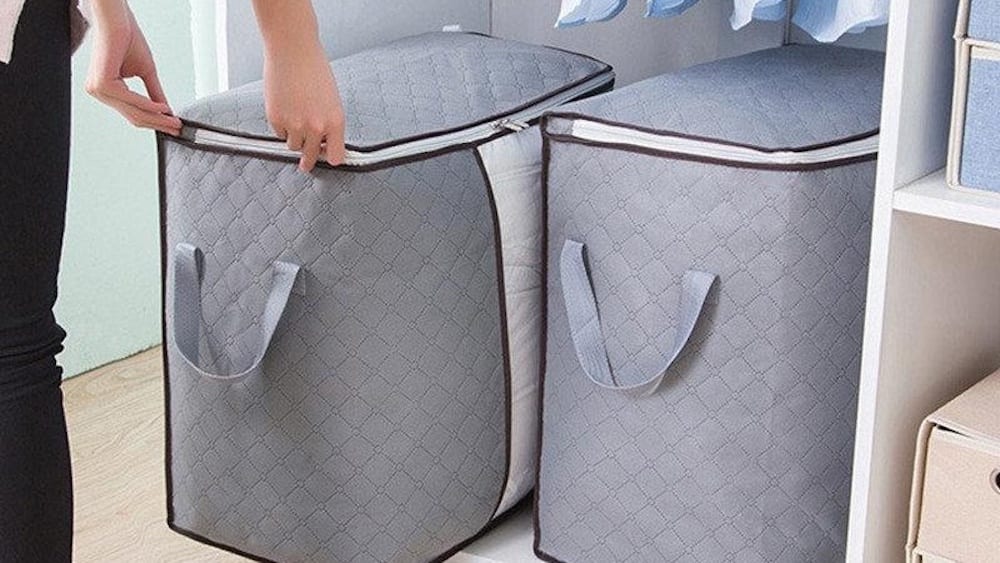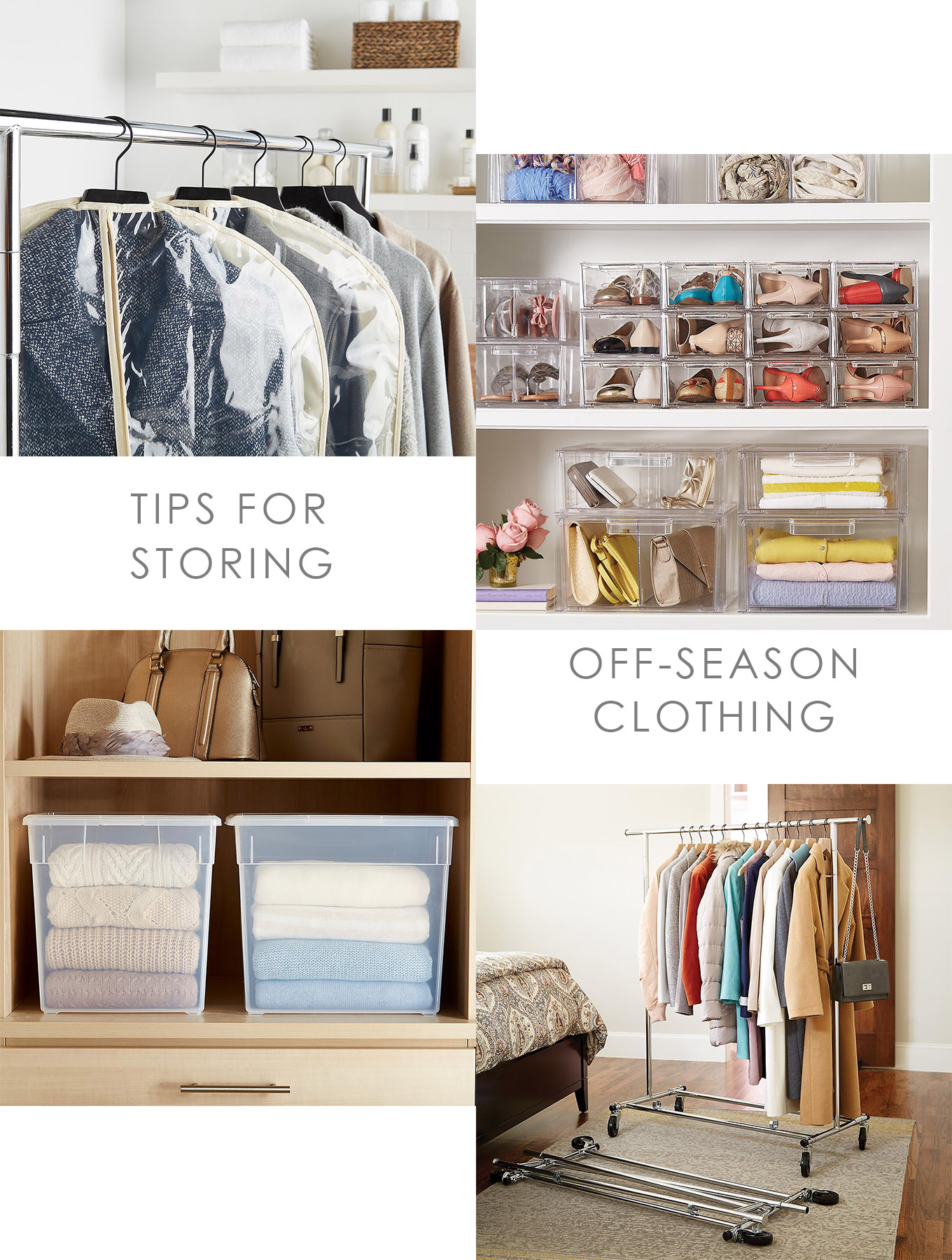I’ve spent years helping clients rotate wardrobes without stress. The best way to store seasonal clothes is simple: clean everything, choose climate-safe containers, avoid moisture and pests, and label clearly so retrieval is fast. Done right, clothes stay fresh, hold shape, and last longer. In this guide, I’ll share smart, tested steps, research-backed tips, and friendly advice you can use today. Let’s make your storage system easy, safe, and tidy.

The Core Principles Of Seasonal Clothing Storage
Great storage follows a few rules. Keep it clean, dry, cool, dark, and breathable. If you master these five, you win.
- Clean before you store. Body oils, food, and perfumes attract pests and cause stains to set.
- Control climate. Aim for 45–55% humidity and a steady, moderate temperature.
- Keep it dark. Light fades colors and weakens fibers over time.
- Let fabrics breathe. Use breathable containers for natural fibers.
- Avoid pressure. Do not crush knits, hats, and padded items.
Expert insight: Textile conservators recommend climate control and clean storage to prevent fiber breakdown. In my work, clients who follow these steps report fewer issues with odors, wrinkles, and moths.

Step-By-Step: The Seasonal Swap Method
Use this simple system twice a year. It saves time and protects your clothes.
- Sort by keep, repair, donate, and recycle. Be honest about wear and fit.
- Launder or dry clean. Treat stains before storage.
- Repair or mend. Fix loose buttons, snags, and seams.
- Group by material and weight. Cotton with cotton, wool with wool.
- Pack with the right container for each fabric.
- Label by season, type, and size range.
- Store in a cool, dry, low-light space. Check once mid-season.
Personal tip: I keep a small “chance of cold” bag at the front with one cardigan, one scarf, and tights. It saves me when weather swings.

Choosing The Right Storage Containers
Different fabrics need different homes. Skip one-size-fits-all thinking.
- Natural fibers like wool, cashmere, and silk: Use breathable cotton bins or canvas garment bags. Add acid-free tissue to support folds.
- Delicates and heirlooms: Use acid-free boxes with buffered tissue. Avoid plastic that traps moisture.
- Denim, activewear, and synthetics: Clear, latching plastic bins are fine if garments are dry. Add a silica gel packet to control moisture.
- Coats and suits: Use wide-shoulder hangers and cotton garment bags. Avoid wire hangers to prevent shoulder bumps.
- Shoes and boots: Clean, stuff toes with acid-free tissue, and store in breathable boxes. Use boot shapers for tall styles.
Evidence-based note: Breathable storage helps prevent mildew, while sealed plastic can trap humidity that encourages mold.
Prep Like A Pro: Cleaning, Folding, And Hanging
Good prep is half the battle.
- Clean thoroughly. Even “clean-looking” items can hold oils and scents.
- Fold heavy knits and sweaters. Hanging stretches them. Stack with tissue between layers.
- Hang structured items. Blazers, coats, dresses with shape do best on wide hangers.
- Use acid-free tissue at stress points. Place tissue in sleeves, shoulders, and folds.
- Zip and button. It keeps shape and blocks dust.
My mistake to avoid: I once stored a silk dress on a thin hanger. It grew dents at the shoulders that never quite fell out. Use padded hangers for delicate pieces.

Climate, Humidity, And Pest Control
Clothes love stable air and hate damp.
- Keep humidity between 45–55%. Use silica gel or a small dehumidifier in damp spaces.
- Aim for cool temps. Below 75°F is ideal and consistent.
- Avoid attics and damp basements. Fluctuations cause damage.
- Stop pests the safe way. Use cedar blocks or lavender sachets, refreshed every 3–6 months.
- Skip mothballs. They smell strong, can be unsafe, and leave residue.
Research-backed tip: Moths prefer soiled wool. Clean storage is the best defense. For extra protection, place wool in breathable bags with cedar.

Smart Labeling And Retrieval Systems
A clear system saves time and sanity.
- Use large, simple labels. Example: “Winter Sweaters, M, Neutrals.”
- Color-code by season. Blue for winter, yellow for summer works well.
- Create a quick inventory. A note on your phone or a QR code on the bin.
- Place “grab first” bins up front. Coats, base layers, and go-to shoes on top.
- Keep a seasonal capsule visible. Store off-season deep, in-season near reach.
Personal tip: I snap a photo of each bin’s contents and save it with the label name. It makes retrieval instant.

Small Spaces: Big Results
No closet? No problem. Use vertical space and flexible solutions.
- Under-bed storage. Choose low-profile bins with wheels.
- Over-door organizers. Great for scarves, hats, and accessories.
- Vacuum bags for bulky synthetics. Avoid for wool and down to protect loft.
- Shelf risers and slim hangers. Double your hanging area fast.
- Multi-use furniture. Storage ottomans and benches hold off-season items.
Reality check: In tiny apartments, I keep one rolling bin per person. It slides under the sofa and holds a full season without clutter.
Eco- and Budget-Friendly Storage
You do not need fancy gear to protect your clothes.
- Reuse clean cotton pillowcases as garment covers.
- Save shoe boxes for sandals and flats. Label the short side.
- Make cedar satchels. Fill small cotton bags with cedar chips.
- Choose durable bins once. Fewer, better containers last years.
- Maintain, don’t replace. Regular cleaning extends garment life.
Balanced view: While museum-grade boxes are ideal for heirlooms, most wardrobes do well with affordable cotton bins and a few silica packs.
Common Mistakes To Avoid
Learn from my clients’ biggest pain points.
- Storing unwashed clothes. This invites stains and moths.
- Using dry-cleaning plastic bags. They trap moisture and off-gas.
- Overstuffing bins. Compression causes deep creases and fabric stress.
- Hanging knits and heavy sweaters. They stretch and warp.
- Skipping labels. You will forget what’s inside later.
If you do crease items, a gentle steam and rest day on a flat surface helps reset fibers.
Frequently Asked Questions
Should I Use Vacuum-Sealed Bags For All Clothes?
Vacuum bags are fine for bulky synthetics like puffers and fleece. Avoid them for wool, cashmere, silk, and down. These need loft and airflow to stay healthy.
What Is The Ideal Humidity For Clothing Storage?
Aim for 45–55% relative humidity. Use silica gel, charcoal dehumidifiers, or a small electric unit in damp rooms. Keep temperature stable and moderate.
How Do I Prevent Moths Without Harsh Chemicals?
Clean garments first, especially wool. Store in breathable containers with cedar or lavender. Refresh the scent every few months. Check items mid-season.
Are Clear Plastic Bins Safe?
They are safe for clean, fully dry clothes, especially synthetics. Add a moisture absorber. Keep bins out of direct sun to prevent heat buildup.
How Often Should I Rotate And Check My Stored Clothes?
Rotate seasonally. Do a quick check at the midpoint of each off-season. Look for moisture, odors, or pests and refresh sachets as needed.
What Is The Best Way To Store Shoes Seasonally?
Clean them, let them dry, stuff toes with acid-free tissue, and store in breathable boxes. Use boot shapers for tall boots. Avoid plastic if shoes are not fully dry.
Wrap-Up And Next Steps
You now have a clear, proven plan for the best way to store seasonal clothes. Clean, breathable storage with stable climate, smart containers, and simple labels will keep your wardrobe fresh and ready. Start with one bin today. Prep, pack, and label it. Small steps create a stress-free system by next weekend. Want more tips and checklists? Subscribe, share your storage wins, or ask a question in the comments.


